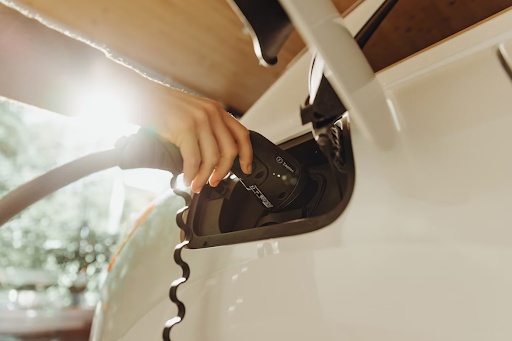
As electric vehicles (EVs) become increasingly popular, businesses are facing the challenge of selecting the right EV charging solution to meet their needs.
Whether you’re looking to provide charging options for employees or attract eco-conscious customers, choosing the right EV charging company can have a significant impact on your operations and sustainability goals.
Here’s a guide to help you navigate the process of selecting the perfect EV charging solution for your business.
1. Understand Your Needs
Before diving into the technical details, it’s crucial to understand your specific needs and goals for installing EV charging stations. Consider the following factors:
- Volume of Use: Estimate how many EVs will need to charge at your location. This will help determine the number and type of chargers required.
- Type of EVs: Different types of EVs may require different types of chargers. Understanding the types of vehicles that will be using the stations can guide your choice.
- Location: Assess where the charging stations will be installed. The location can influence the type of installation required and the overall cost.
EV chargers come in various types, each with different capabilities and applications. Understanding these types can help you make an informed decision:
- Level 1 Chargers: These are basic chargers that use a standard 120-volt outlet. They are typically slower and may be suitable for locations with minimal charging needs, like small offices or home use.
- Level 2 Chargers: These chargers use a 240-volt outlet and provide faster charging compared to Level 1. They are ideal for businesses with higher charging demands, such as retail locations or office buildings.
- DC Fast Chargers: These chargers provide rapid charging, often used for commercial settings with high usage or fleets. They are more expensive but significantly reduce charging time, making them suitable for locations with high turnover.
2. Consider Installation and Maintenance Costs
The cost of installation and maintenance is a key factor when choosing an EV charging solution. Here are some considerations:
- Installation Costs: Installation costs can vary based on the type of charger, the complexity of the installation, and any necessary electrical upgrades. It’s important to get detailed quotes from multiple vendors and consider any potential hidden costs.
- Maintenance Costs: Regular maintenance is essential to ensure the longevity and efficiency of your EV charging stations. Check if the vendor offers maintenance services and what the associated costs might be.
- Ongoing Operating Costs: Consider the cost of electricity and how it will be managed. Some businesses choose to pass these costs on to users, while others absorb them as part of their operational expenses.
3. Evaluate Features and Benefits
Different EV charging solutions come with various features and benefits. Evaluate these based on your needs:
- Smart Charging Features: Many modern chargers come with smart features, such as remote monitoring, usage tracking, and energy management. These can provide valuable insights and help optimize your charging operations.
- Compatibility: Ensure that the chargers are compatible with the types of EVs expected to use them. Some chargers may offer universal compatibility, while others might be specific to certain models or manufacturers.
- User Experience: Consider the user experience, including ease of use, payment options, and customer support. Providing a seamless and user-friendly experience can enhance customer satisfaction and encourage usage.
Conclusion
Choosing the right EV charging solution for your business involves a careful assessment of your needs, understanding the types of chargers available, considering installation and maintenance costs, evaluating features, and ensuring future-proofing.
Choosing the right EV charging solution for your business involves a careful assessment of your needs, understanding the types of chargers available, considering installation and maintenance costs, evaluating features, and ensuring future-proofing.
